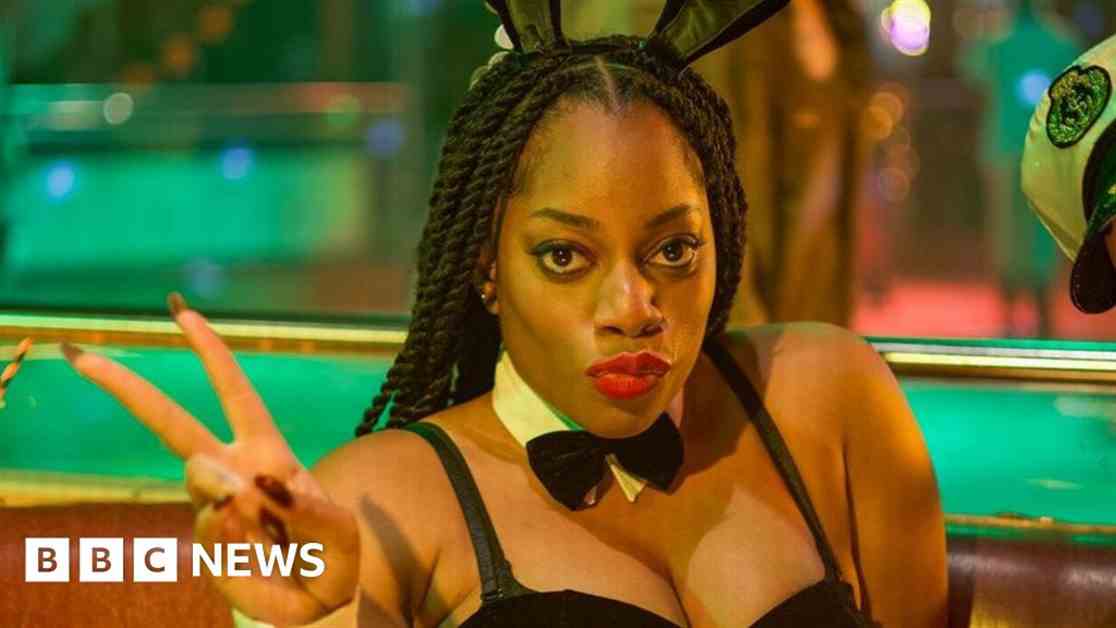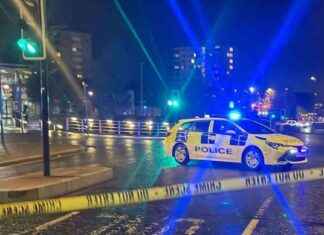Julianne Hough, known for her playful and adventurous spirit, recently took to Instagram to poke fun at the traditional wife trend. In a cheeky video, she can be seen in a teeny white bikini, preparing food in her kitchen with her adorable dog, Sunny, by her side. The caption of the video read, “What’s the opposite of #tradwife?”
The term “trad wife” refers to the traditional wife aesthetic that embraces traditional gender roles, such as cooking, cleaning, and supporting the husband as the primary caregiver of their children. Influencers like Nara Smith and Hannah Neeleman have gained popularity by showcasing their lives as trad wives on social media platforms like TikTok.
Although Julianne Hough was previously married to former NHL player Brooks Laich, she does not currently identify with the traditional wife lifestyle. Reflecting on her past relationship, Hough shared that it was a significant chapter in her life that brought growth and mutual respect for both her and Laich.
In today’s society, there is a growing trend of embracing non-traditional roles and breaking away from conventional expectations. Julianne Hough’s lighthearted take on the trad wife trend serves as a reminder that it’s essential to embrace individuality and personal choices, regardless of societal norms.
As we navigate through different phases of life and relationships, it’s important to reflect on what brings us joy and fulfillment. Whether it’s following traditional roles or forging a unique path, the key is to stay true to oneself and find happiness in the choices we make.
Julianne Hough’s playful video not only showcases her fun-loving personality but also sparks a conversation about the evolving dynamics of relationships and gender roles in today’s world. By adding humor and wit to the conversation, Hough encourages her followers to embrace authenticity and celebrate their individuality, regardless of societal expectations.













